BRI sputters in South Asia
A decade after its launch, China’s Belt and Road Initiative has slowed down in South Asia, the result of poorly conceived projects, and irresponsible behavior from borrower and lender alike.
 Courtesy:
Courtesy:
A decade after its launch, China’s Belt and Road Initiative has slowed down in South Asia, the result of poorly conceived projects, and irresponsible behavior from borrower and lender alike.
 Courtesy:
Courtesy:
A timely book on the Naga contribution to Allied victory in the Second World War is a necessary documentation. Northeast India was the eastern flank of the British empire where the battles of Kohima and Imphal stopped Japan’s invasion into India. While western historical narratives are being reiterated during the war’s 80th anniversary, the role and sacrifice of the Nagas is a neglected but important counterpoint.
 Courtesy:
Courtesy:
China and India both give great importance to their neighbours – the former through its Friendly Neighbourhood policy, the latter through Neighbourhood First. Although China has been increasing its influence in the region, narratives that say that India is losing out to China lack in-depth analysis. To deduce the future trajectory of China in South Asia, it is important to study both China’s and India’s relations with each of these countries, as also with each other.
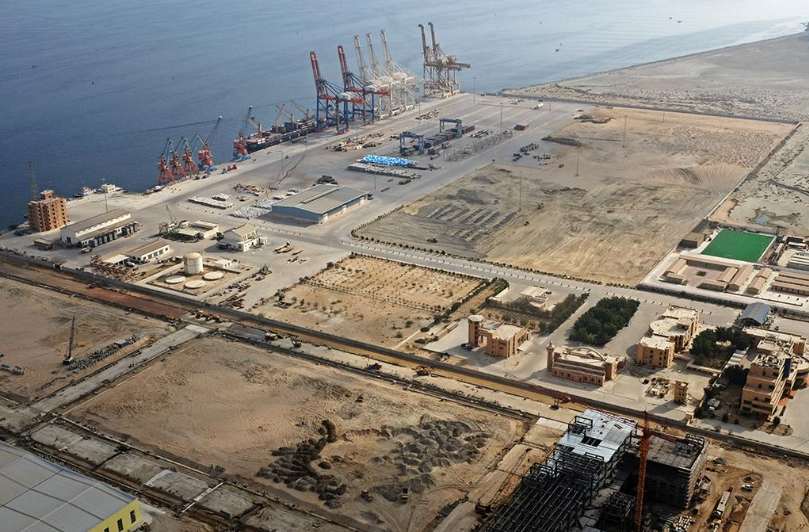 Courtesy: The Hindu
Courtesy: The Hindu
Long treated by Pakistan as a colony, Balochistan has seen several high-profile attacks by locals against Chinese interests. The growing unrest in the region reflects Islamabad’s failure to address key development issues. With less than 10% of this year’s federal budget earmarked for development, it appears that the only means of quelling the violence is more repression.
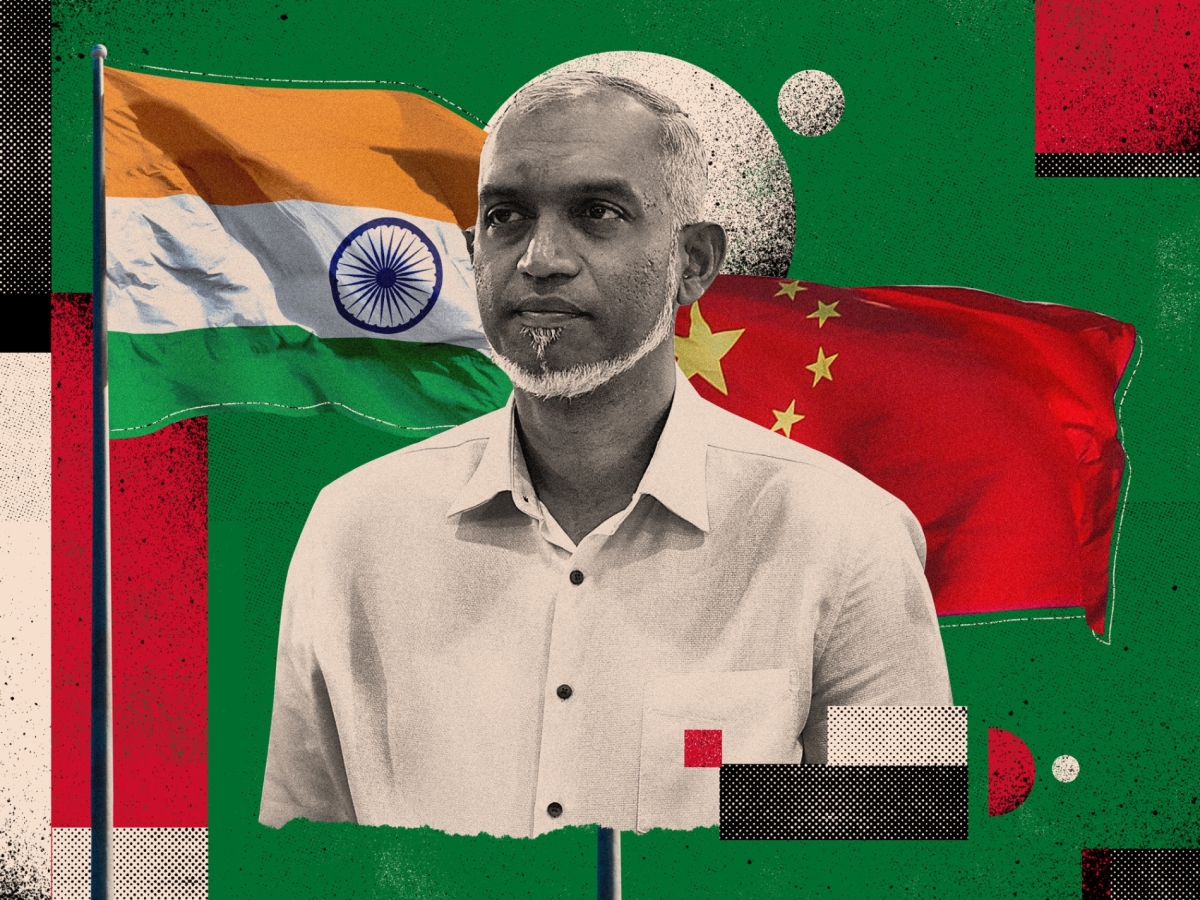 Courtesy: Al Majalla
Courtesy: Al Majalla
Maldives’ President Mohammed Muizzu’s desire to have an independent foreign policy has steered it away from India and closer to China. It has added a new dimension to the strategic contestation in the Indian Ocean. Rajiv Bhatia, Distinguished Fellow, Foreign Policy Studies, shares his insights on the Maldives’ strategic importance in the region, the ‘India Out’ campaign, and the way forward for Indian diplomacy in South Asia.
 Courtesy: Monocle
Courtesy: Monocle
China's economic slowdown and pandemic-related and post-pandemic disruptions to supply chains have dampened China’s attractiveness as a global supply chains hub. Ganeshan Wignaraja, Professorial Fellow in Economics and Trade at Gateway House speaks with Georgina Godwin on The Globalist by Monocle, about the prospects for India to emerge as an alternative manufacturing hub in Asia, and takeaways for the broader South Asian region.
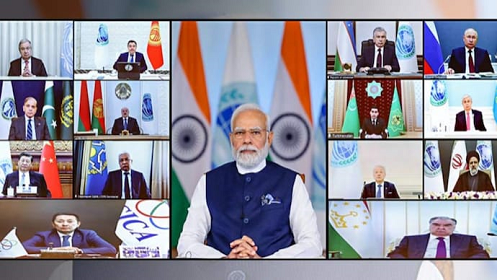 Courtesy: India Today
Courtesy: India Today
The Shanghai Cooperation Organisation's growing importance is seen in the numerous new applicants waiting in line for membership. The 23rd SCO Summit hosted by India on July 4 saw progress in areas like digital transformation and economic cooperation. However, timidity in acting on foundational issues like anti-terrorism reflects the internal contradictions and tensions within member states - a continuing challenge for SCO.
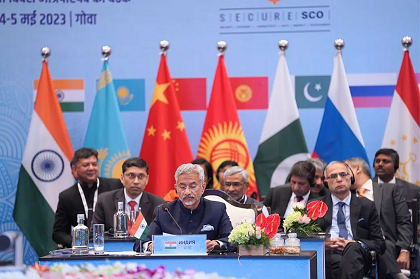 Courtesy: Swarajya
Courtesy: Swarajya
India, as chair of the Shanghai Cooperation Organisation, hosted the foreign ministers’ meet in Goa last week. What would have been an important and expanding regional grouping has been complicated by the Russia-Ukraine crisis, the increased influence of China and an obstructionist Pakistan. Still, India has played its role with an eye on the long term.
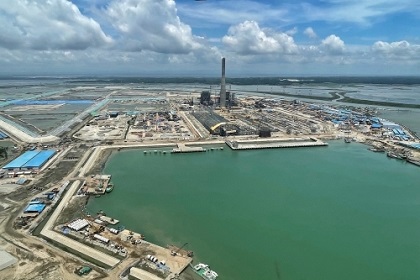 Courtesy: India Shipping News
Courtesy: India Shipping News
India’s Northeast is developing and getting close to its goal of being part of the Indian mainstream in connectivity and business – which is also critical for the success of India’s Act East Policy. For both goals, Bangladesh and Japan are invaluable partners and friends. The troika’s collaboration can be a model in the region.
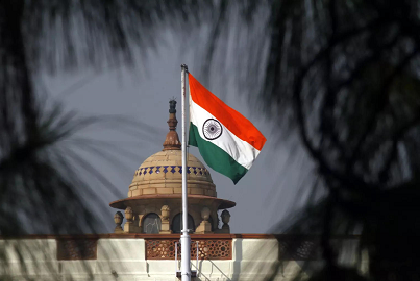 Courtesy: Reuters
Courtesy: Reuters
2023 brings responsibility and opportunity for India. As the host of the G20 and the Shanghai Cooperation Organization, the world will be watching closely. With this authority, comes challenges encapsulated by five C’s: Covid, Contraction, Climate crisis, Conflict and China. If India is able to use its opportunity, the year could end with India viewed as a near-great power, an international bridge-builder, and a successful democracy.